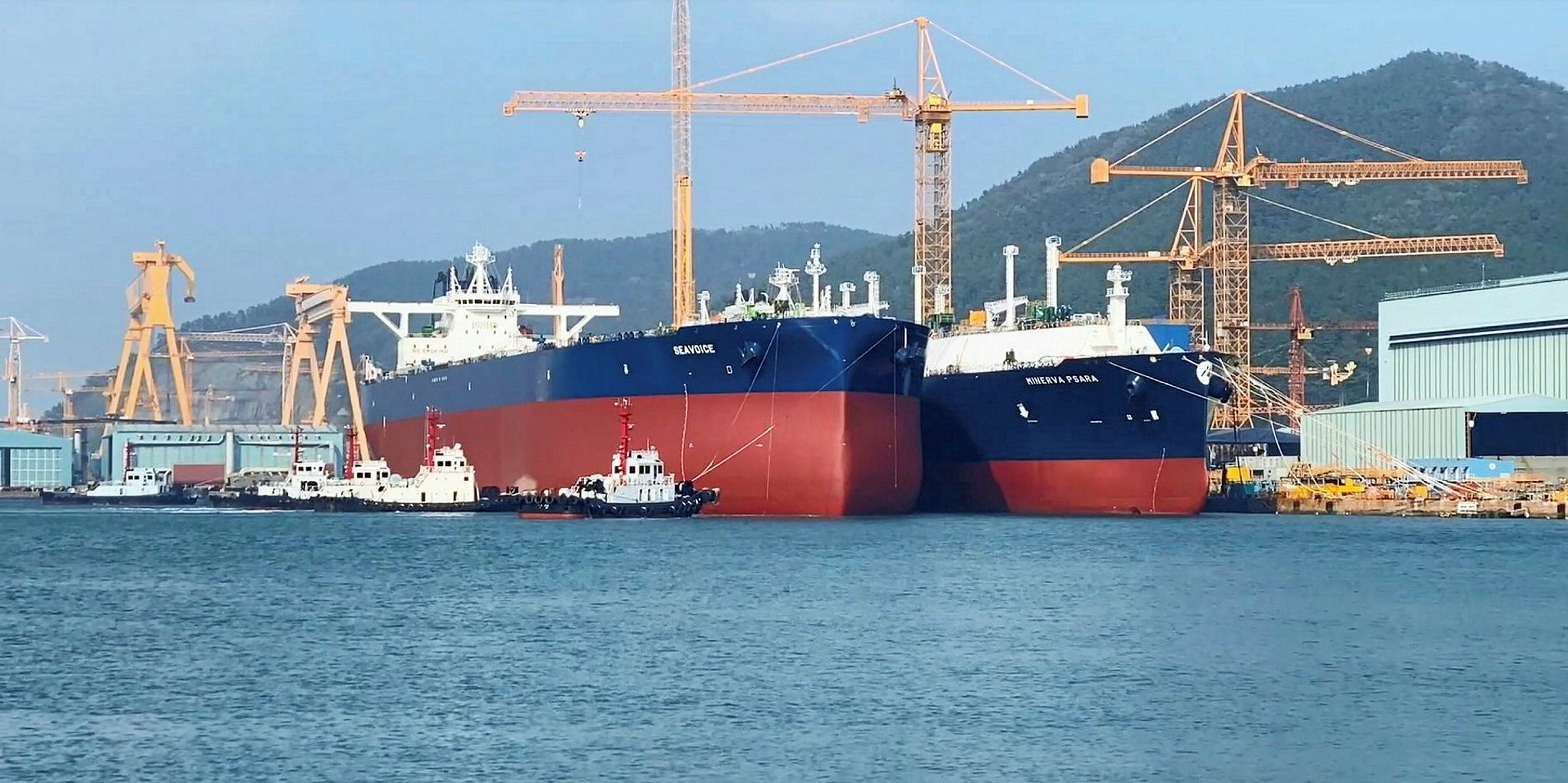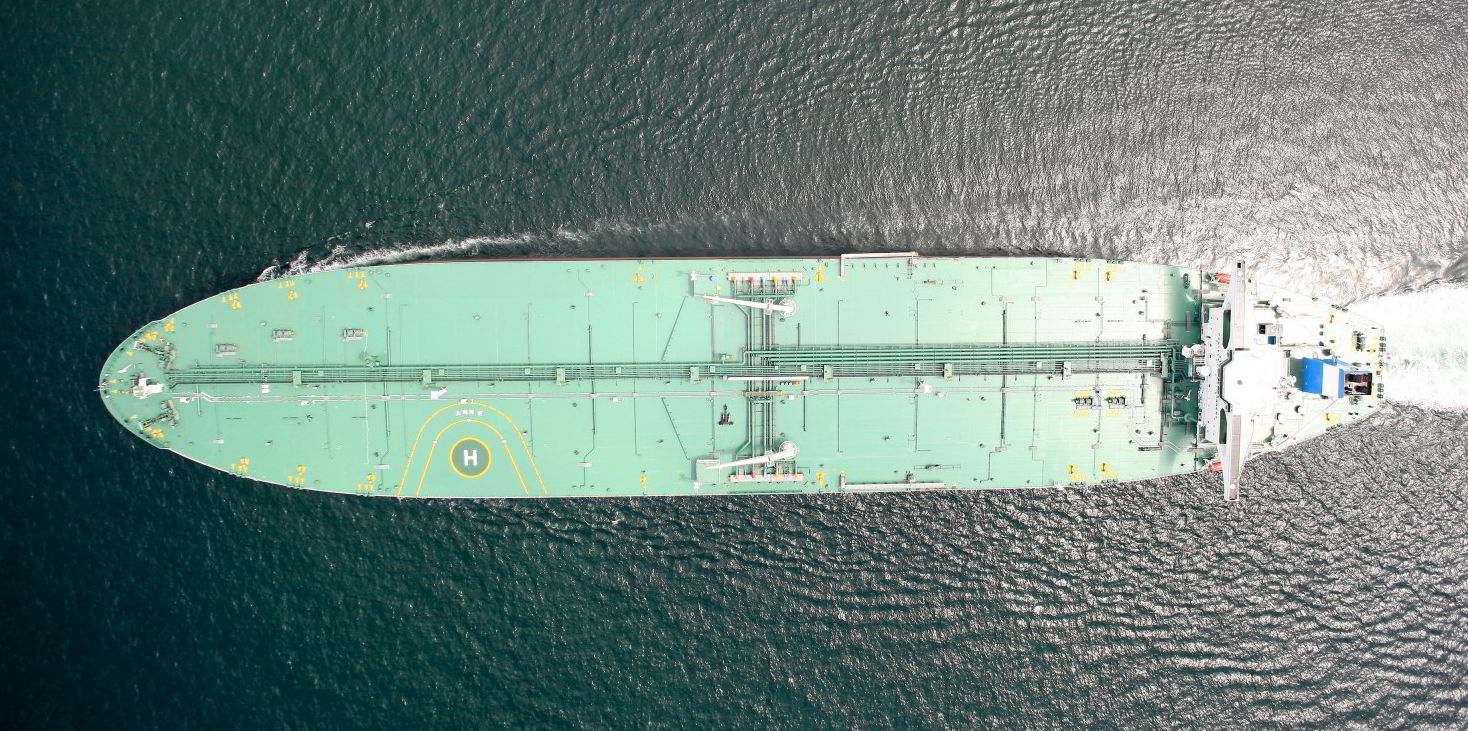Spot earnings for older VLCCs without scrubbers have slumped to their lowest level since Gibson Shipbrokers began calculating rates in 2000.
The company said the average daily level was just $500 on the benchmark Middle East-to-China run during the first half of this year for non-eco vessels slow-steaming to ports.
"Although returns in other segments have also been far from healthy, VLCCs have been the worst performer, earning less than even handysize/MR tankers on benchmark round-voyage trades," the UK shop added.
This "exceptional weakness" is almost entirely due to fundamentals, Gibson believes.
Data from analyst Kpler shows vital Middle East crude exports averaged 15.25m barrels per day (bpd) to 30 June, down by a colossal 2.1m compared with last year, and even more if compared to 2019.
At the same time, the fleet has grown by 37 new VLCCs, while only six ships have been scrapped.
Floating storage has also declined, returning more tankers to the market.
At the peak in June 2020, there were 77 VLCCs engaged in crude and product storage, excluding Iranian business.
Changing picture
The picture is very different now, with Gibson's latest estimate showing just 25 vessels in non-Iranian storage, mainly loaded with fuel oil.
But the higher earnings enjoyed by modern scrubber-fitted ships are also a factor in this rate weakness for older tankers.
The VLCC fleet has the highest uptake of exhaust gas cleaning technology, with nearly 39% of vessels having scrubbers installed.
The technology is also expected to be installed on around 34% of the orderbook.
Scrubber-equipped units have been able to generate increasingly higher returns due to rising oil and bunker prices, with VLCCs benefitting the most due to the long-haul nature of their trade.
Spread widens

The spread between high-sulphur and low-sulphur fuel oil increased from an average of $50 per tonne to $70 per tonne in June 2020, to between $110 per tonne and $120 per tonne in June this year.
VLCCs heading to China saw their earnings premium nearly double from $4,000 per day to $7,000 per day over the same period as a result, even though absolute freight levels were much higher in the first half of 2020.
"The simple maths would suggest that the majority of the trading fleet is still generating much lower returns," Gibson said.
This "clearly demonstrates why VLCC earnings for non-scrubber, non-eco vessels have been so unsustainably depressed this year", the broker added. "Simply put, there are plenty of tankers around that can achieve higher returns."
Not quite so simple?
But the picture is a little more complex than is initially apparent, Gibson argues.
About 10% of the existing non-scrubber VLCC fleet is employed solely in sanctioned trades.
These vessels are not competing in the international market.
In addition, a number of ageing non-scrubber ships involved in storage should also not be considered as trading tankers, the broker believes.
And some of the modern non-scrubber vessels are much more fuel efficient, generating higher returns compared with an average 10-year-old non-scrubber vessel.
UK broker Simpson Spence & Young said earnings remained low for tankers in June, with tonnage supply substantially outweighing cargo volumes.
This was particularly the case for larger crude tankers and across the product tanker sector, while firmer bunker prices further pressured earnings.






